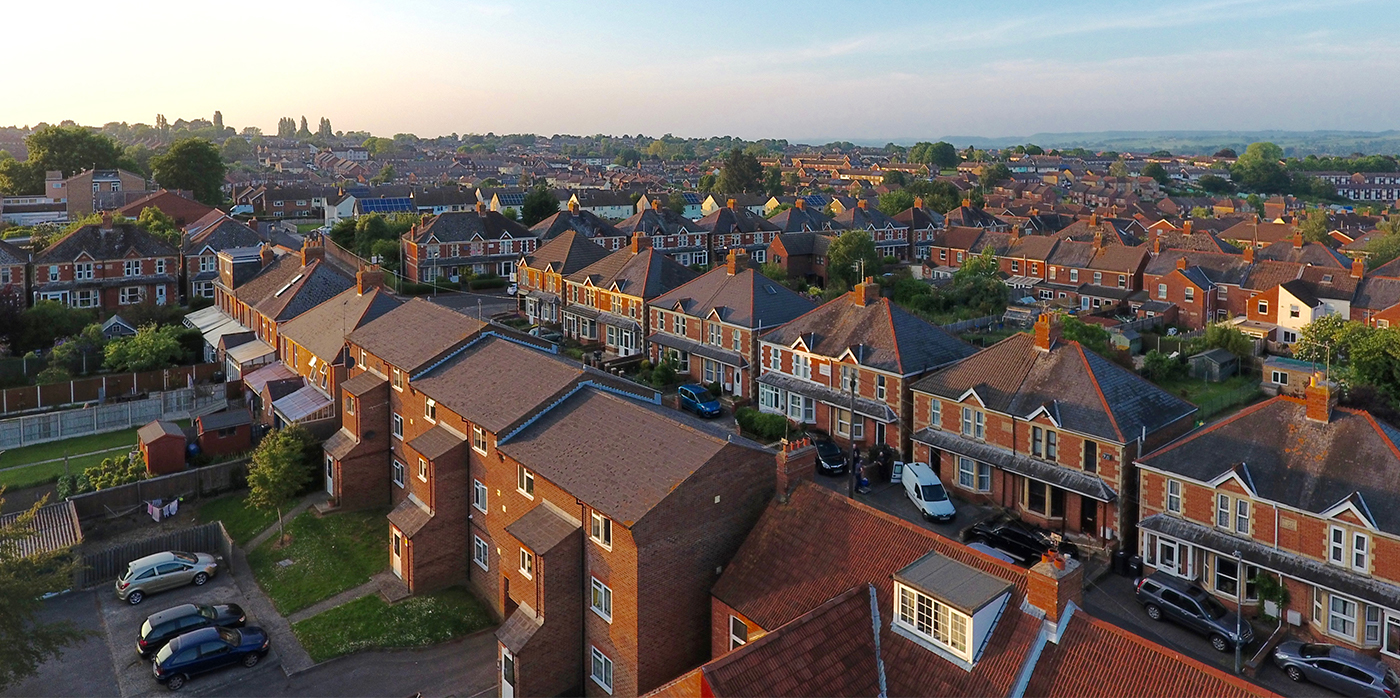
Across the country, a hum of data crunching and form filling is growing, as applications for SHDF and HUG 2 are maturing. Many of these applications are including an allowance for digitalisation, and if that is you we wanted to share a few thoughts on retrofit monitoring as an important piece of the digitalisation strategy.
Why does retrofit monitoring matter?
Accurate performance measurement using real data means you get better targeting of retrofit measures on homes that need it, quality assurance on work done, and an understanding of how tenants are reacting to new systems in their homes. It adds depth and insight to EPC data revealing which homes are losing the most heat, where condensation problems are acute, and where tenants are unacceptably cold (or hot) in their homes.
When and where should you monitor in a retrofit project?
From talking to landlords it seems that data gathering is particularly relevant at three points in retrofit projects.
Firstly when as you finalise stock selection and start to move into detailed design for each archetype. At this stage there are often question marks over which homes should be provided, whether EPC data really reflects the state of the home, and what measures should be applied.
Monitoring and measurement can help confirm that the right homes are in the pipeline, spot issues – like condensation – that should be addressed as part of the project, and anchor models used to calculate improvements in performance with real data.
Next at the snagging stage when the works are completed. Measurement will give an early indication of how successful these have been and how close to the modelled outcomes the home might get. It allows for quick mitigation if problems are persisting.
And finally as tenants adapt to upgraded homes and new heating systems. Monitoring the performance of the home in the longer term helps understand how householders adapt to new systems and supports them in making sure that heating and ventilation can be optimised to suit their lifestyles.
Rapid results are important in complex retrofit projects so landlords are often trying to understand performance at an archetype level. However, even within archetypes issues such as heat loss can vary quite widely, so testing a number of home in each archetype is useful to give an understanding of the potential range of performance. Adding data collection tools to the survey stage provides a convenient way to get around a wide range of homes and quickly build up a picture of the true performance of each archetype.
How can you capture this data?
These situations call for monitoring that can be deployed quickly, is flexible to cover different styles of property and will deliver fast, high quality results.
Warmscore is a portable set of IOT sensors that can be fitted into nearly any home in less than 30 minutes, without any specialist qualifications. Data on temperature, humidity and CO2 is fed to a web based platform and used for measurements of heat loss, condensation risk, ventilation rates and comfort levels. The toolset can deliver early results after three weeks of data collection or it can remain in the home for longer to pick up longer term patterns of use.
Why move now?
The most important testing season is September to April, so for funding rounds announced in February, a wave of testing should be possible in spring 2023. If you want to discuss the design of your monitoring project or how else Purrmetrix might support you in bidding for retrofit funding then please do get in touch. There’s always a real live human on the end of our contact form.
